(1997 products available)
















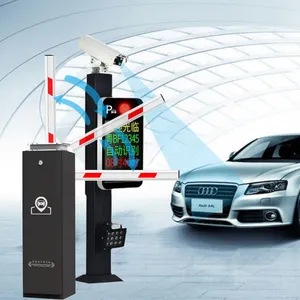
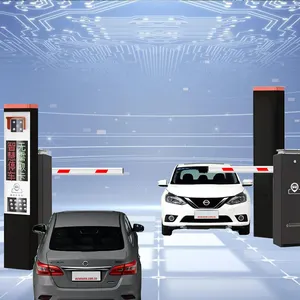

























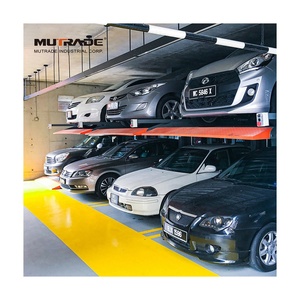





















































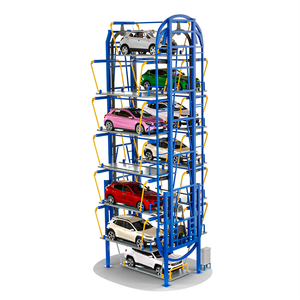
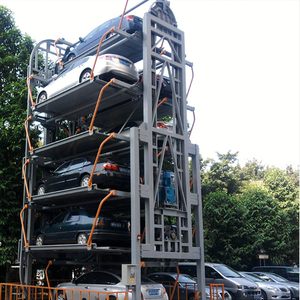


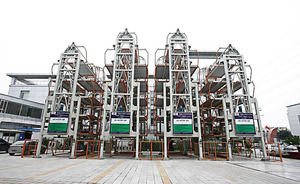




























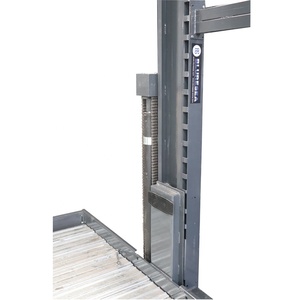

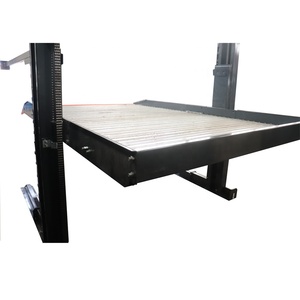



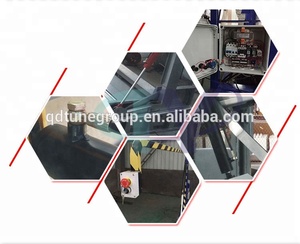














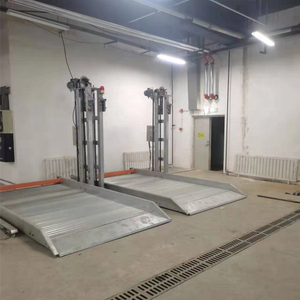

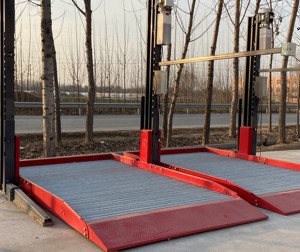

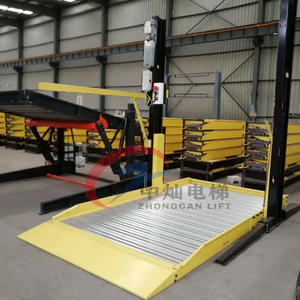









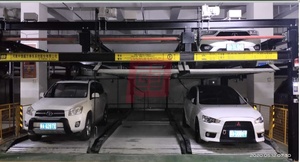








An auto stacking car parking system is a mechanical parking system that uses lifts and conveyors to park and retrieve cars automatically. The system saves space by parking cars vertically and allows high parking density. The modern design and advanced technologies of auto-stacking car parking systems make them attractive and efficient. The systems have low energy requirements, use renewable energy resources, and have low operating costs.
There are different types of auto-stacking car parking systems, each suitable for specific site conditions and customer needs. They include the following:
Specification of automatic stacking car parking system is important in order to meet the requirements of the clients. Here are some of the key specifications:
Capacity
The capacity of an automatic parking system is determined by the number of parking slots. The capacity can range from 20 slots to over 500 slots in large systems. This capacity is important for commercial buildings where there is a high demand for parking space.
Speed
The speed of parking and retrieval cycles is an important specification of the automatic parking system. The speed can range from 60 seconds to 3 minutes depending on the size and design of the system. High-speed systems are suitable for urban areas with high traffic.
Footprint
The footprint is the space occupied by the automatic parking system. The footprint can range from 100 square meters to over 2000 square meters. A smaller footprint is important for urban areas where land is a premium.
Power consumption
The automatic parking system has low power consumption. Power consumption can range from 5kw to 50kw depending on the system design. Low power consumption is important for sustainability and reducing the carbon footprint.
Noise level
The noise level of an automatic parking system is an important specification for residential areas. The noise level is measured in decibels and can range from 50 to 70 decibels. A lower noise level is desirable in residential areas.
Vehicle dimensions
The dimensions and weight of vehicles that can be accommodated by the automatic parking system are specified. Most systems have a width capacity of 2.5m and a height capacity of 2.5m. Vehicles that are larger than the specified dimensions cannot be accommodated.
Maintenance of the automatic parking system is essential in order to enhance performance and reduce downtime. Here are some of the maintenance activities that are carried out:
Regular inspections
Regular inspections of the automatic parking system are carried out in order to identify wear and tear. The inspections include checking the structural components, electrical systems, and mechanical systems.
Cleaning
Cleaning of the automatic parking system is carried out in order to remove dust and debris. Cleaning is important for the smooth operation of the system.
Lubrication
Lubrication is carried out on the mechanical components of the system. This reduces friction and prevents wear and tear.
Software updates
The control system of the automatic parking system is updated. This improves the performance and reliability of the system.
Load testing
The automatic parking system is subjected to load testing. This ensures that the system can safely handle the specified loads.
Businesses should consider these factors when choosing an automatic stacking car parking system.
Capacity and size:
The parking system's capacity and dimensions should meet the needs of the space available. Consider the number of cars that need to be parked and the dimensions of the cars. A bigger parking system will be required if more parking spaces are needed.
Safety features:
When choosing a car parking system, key features like emergency stop buttons, safety sensors, and fire safety measures should be considered. These features help reduce accidents and ensure the safety of pedestrians and cars.
Installation and maintenance:
Consider the complexity of installing the parking system and the maintenance requirements. Some systems may require professional installation and regular maintenance to operate efficiently. Look for a system that is easy to install and maintain to save costs and time.
Environmental impact:
With the increasing demand for sustainable solutions, consider the environmental impact of the parking system. Some systems are designed to minimize energy consumption and use recyclable materials, making them eco-friendly options.
Auto-stacking parking systems are complex. Their complexity makes it hard to DIY and replace them. Attempting to repair or replace a parking system can void its warranty. However, if the system breaks down, users can do a few things before calling an expert.
Firstly, remain calm. Don't rush to open the machine. Look at the control panel. Is there an error message? If there is, consult the manual and see what it says. If the system has a backup manual release, locate it and use it if necessary. Remember, time is essential, but safety comes first. Don't open the doors if they are unsafe.
Check the control panel again. Is it dead? If it is, check if there is power to the system. Maybe someone switched off the main power. If the parking system has power, but the cars aren't moving, the sensors might have an issue. Scan through the sensors and see if anything is blocking them. Clean the sensors and see if the system resumes.
If the system has a hydraulic lift and the cars aren't moving up or down, the fluid levels might be low. Locate the manual and see the steps for checking the hydraulic fluids. If the fluids are low, top them up and see if the lifts start moving. If they aren't, there might be a leak. Consult a professional to help fix the leak.
Remember, safety is paramount. Always wear safety gear when attempting any DIY. Have a first aid kit nearby just in case. If the problem is too complex, find a certified technician to help fix it. Always consult the manufacturer's manual for any maintenance or repairs.
Q1. Can the auto-parking system be installed in any car?
A1. No, not every car can be installed with an auto parking system. Typically, cars that are already manufactured with the feature are suitable. For cars that don't have it, there are aftermarket systems that can be installed, but compatibility will be a major issue to consider.
Q2. Does the auto stacking car parking system require maintenance?
A2. Yes, it is important to maintain the auto-stacking car parking system to ensure that it lasts and functions as it should. The type of maintenance required will be dependent on the system installed. Generally, it is advisable to have periodic inspections to troubleshoot and check for any damaged parts.
Q3. How long does an automated parking system take to park a car?
A3. The time taken to park a car using the automated parking system depends on various factors, such as the system's efficiency and the parking space's size. Typically, it can take anywhere between 1 to 3 minutes to park a car automatically.
Q4. Can users override the auto parking system if needed?
A4. Yes, most modern auto parking systems allow users to override the system's control if need be. The driver can regain control of the vehicle and park it manually if the circumstances don't allow the auto parking system to function properly.